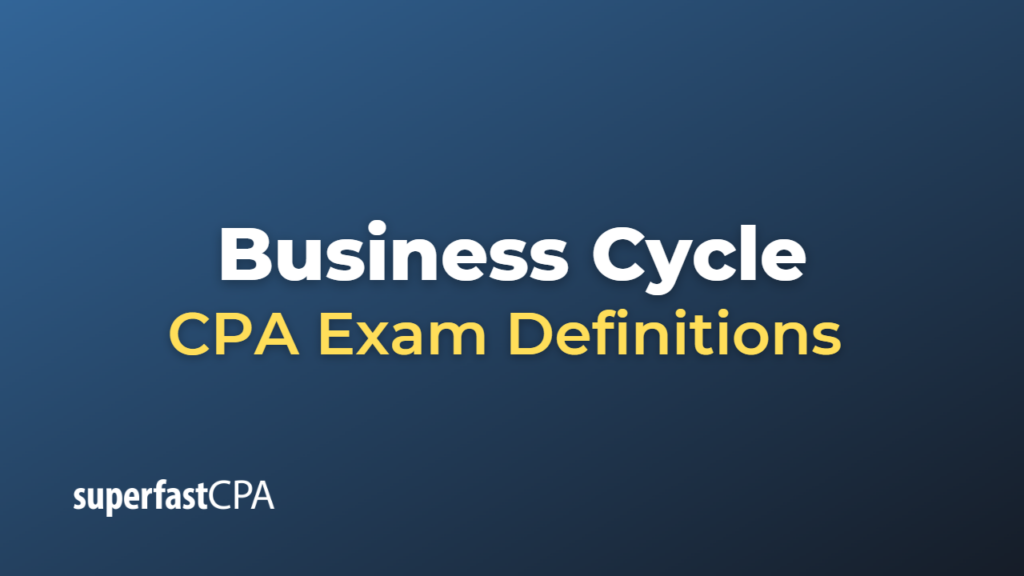Business Cycle
A business cycle, also known as an economic cycle, refers to the fluctuations in economic activity that an economy experiences over a period of time. It consists of periods of expansion and contraction in the level of economic activities, such as production, employment, and income.
The business cycle can be divided into four main phases:
- Expansion: During the expansion phase, the economy experiences growth in output, employment, and income. Consumer and business confidence increases, leading to higher spending, investment, and demand for goods and services. As a result, businesses hire more workers, and the unemployment rate declines. Inflation may rise gradually as demand increases and businesses increase their production capacity.
- Peak: The peak represents the highest point of economic activity in the business cycle. At this stage, the economy is operating at or near full capacity, with low unemployment and high output levels. Inflationary pressures may become more pronounced as the demand for goods and services outstrips the available supply, leading to rising prices.
- Contraction: After the peak, the economy starts to contract, which is characterized by a decline in output, employment, and income. Consumer and business confidence may weaken, leading to reduced spending, investment, and demand for goods and services. Businesses may lay off workers, and the unemployment rate may increase. Inflationary pressures tend to ease as the demand for goods and services decreases.
- Trough: The trough marks the lowest point of economic activity in the business cycle. At this stage, the economy has bottomed out, and the contraction has ended. Unemployment levels are usually high, and output is low. However, inflation is typically low or even negative (deflation) as businesses and consumers cut prices to stimulate demand.
After the trough, the economy begins to recover, and a new expansion phase starts, leading to a cyclical pattern of economic activity. It is important to note that the duration and intensity of each phase can vary significantly, influenced by factors such as fiscal and monetary policies, global economic conditions, and technological advancements.













